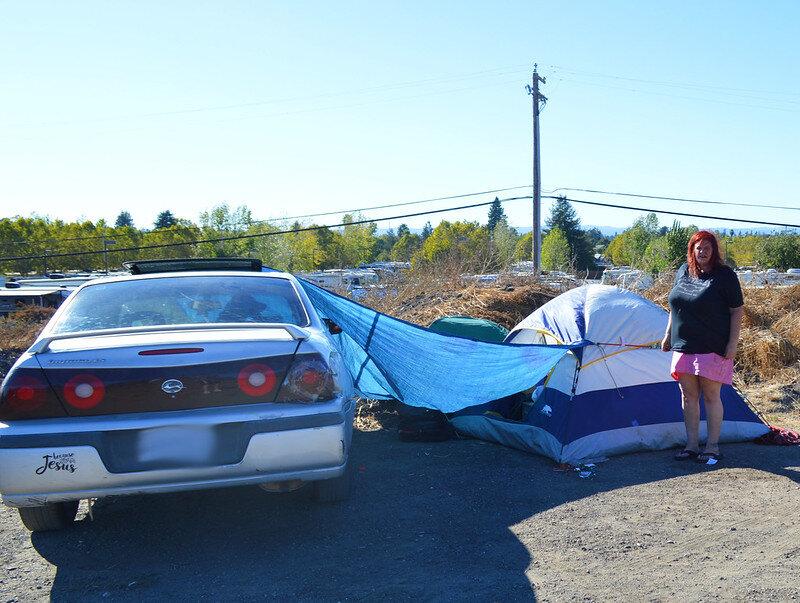For the past few years, Northern California has been put ablaze by wildfires, especially within Sonoma County. In the recent Glass Fire, according to CAL FIRE, about 2,000 structures were either destroyed or damaged by fire or debris. However, statistics do not depict how traumatic losing a family home may be.
“I’ve been trying to get my kid back and then the fires took everything. We really need help,” says Kristine Sullivan, a homeless woman in Santa Rosa, who lost her home in the fires. Sullivan is one of the many who need wildfire relief, yet thought she would not receive any from the recent polarizing decisions by the Trump Administration.
In the past week, President Donald Trump reversed a decision to approve wildfire relief funding from the Federal Emergency Management Agency, FEMA, for six incidents across the state. FEMA declared that the fires “…were not of such severity and magnitude to exceed the combined capabilities of the state, affected local governments, voluntary agencies and other responding federal agencies.”
According to Capital Public Radio, “Since the start of the year, 8,600 wildfires have burned well over 4.1 million acres in California. The total number of fatalities statewide is 31, and more than 9,200 structures have been destroyed.” In Sonoma County alone, the Glass Fire burned over 67,484 acres, and it is yet to be fully contained. The fire is 97% contained as of Oct. 18, according to CAL FIRE.
Many are raising eyebrows at the reversed decision to approve wildfire relief by the Trump administration. Trump repeatedly criticized California’s “poor forest management” as the cause of the fires, and he has continually rejected the science of climate change. “Maybe we’re just going to have to make [California] pay for it because [California doesn’t] listen to us,” declared Trump, in August, at a rally in Pennsylvania when discussing the wildfires in California.
However, a looming question for California residents still remains: “What will be the cost?” With climate change not showing any signs of slowing down, drastic fires will continue to burn in California. According to CALFIRE, the seven of the ten largest fires in California history have occurred in the past five years. Scientists say it will only get worse. In an KPIX article, Kim Cobb, climate scientist at Georgia Tech, stated, “It’s going to get A LOT worse. I say that with emphasis because it does challenge the imagination. And that’s the scary thing to know as a climate scientist in 2020.”
In a recent survey, Sonoma County residents declared that, in 2018, 34% of residents were affected by fires in some way, while in 2019, only 19% were affected. Within those who responded, 4% said they were homeless because of the fire. After the fires, 68% of residents were unable to find housing because of unaffordable rent conditions.
Chris Grabill, director of housing and shelter services for the St. Vincent de Paul Society of Sonoma County, is one of the many individuals assisting those who are affected, especially the homeless during the fire season. In an interview with KQED, Gabrill stated, “I will fight like hell for these people to be able to stay here as long as they need to after what they’ve been through. I hope we have the resources to follow through with that promise.”
Although relief was eventually granted, the need to fight for a reversal highlights the polarization in this country, specifically concerning climate change, as well as numerous other issues. Only time will tell how long Sonoma County, and the rest of California, can combat climate change and fires. With an election coming up, the physical and mental state of the nation is in peril, and what will be the cost?





































